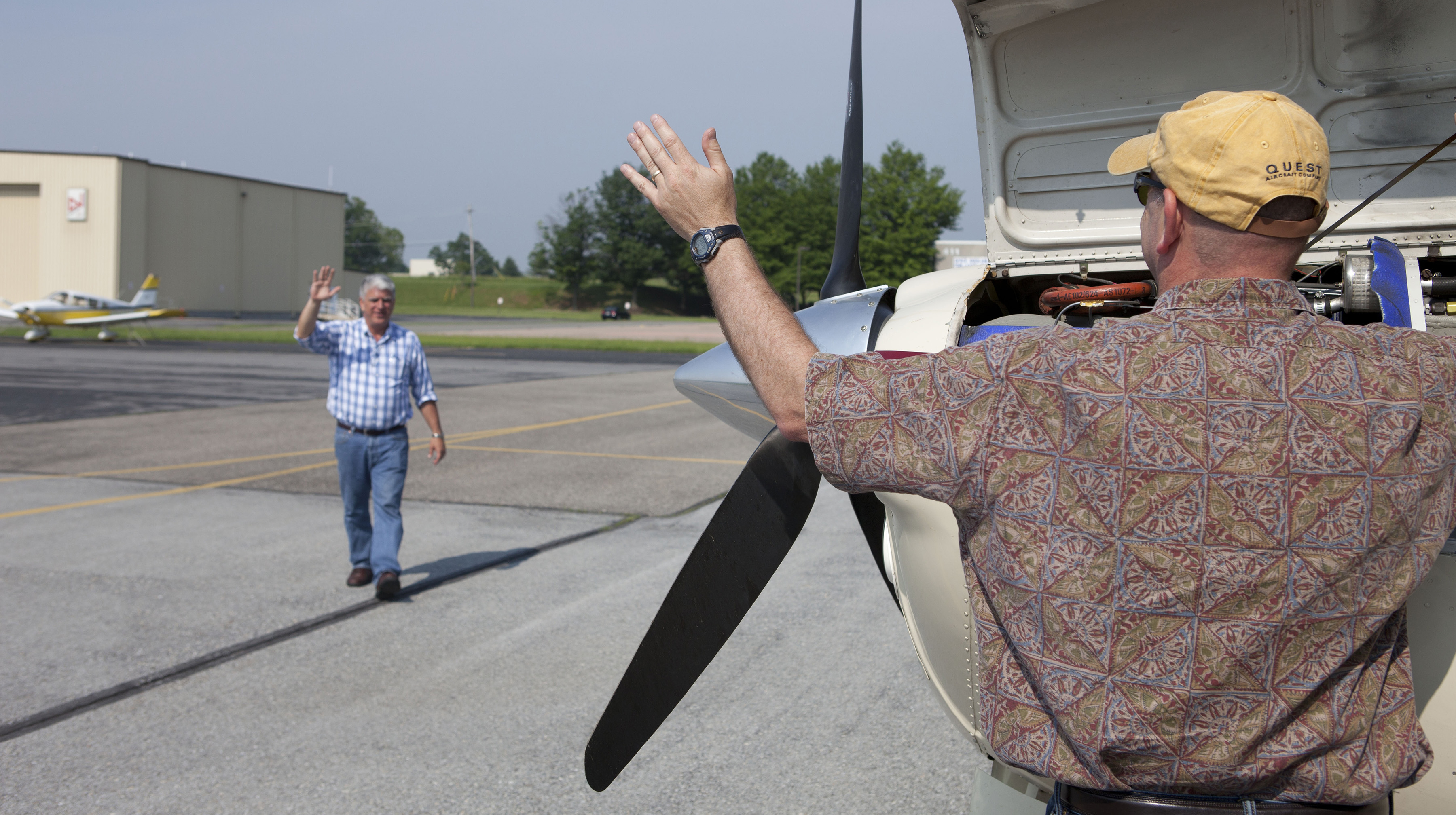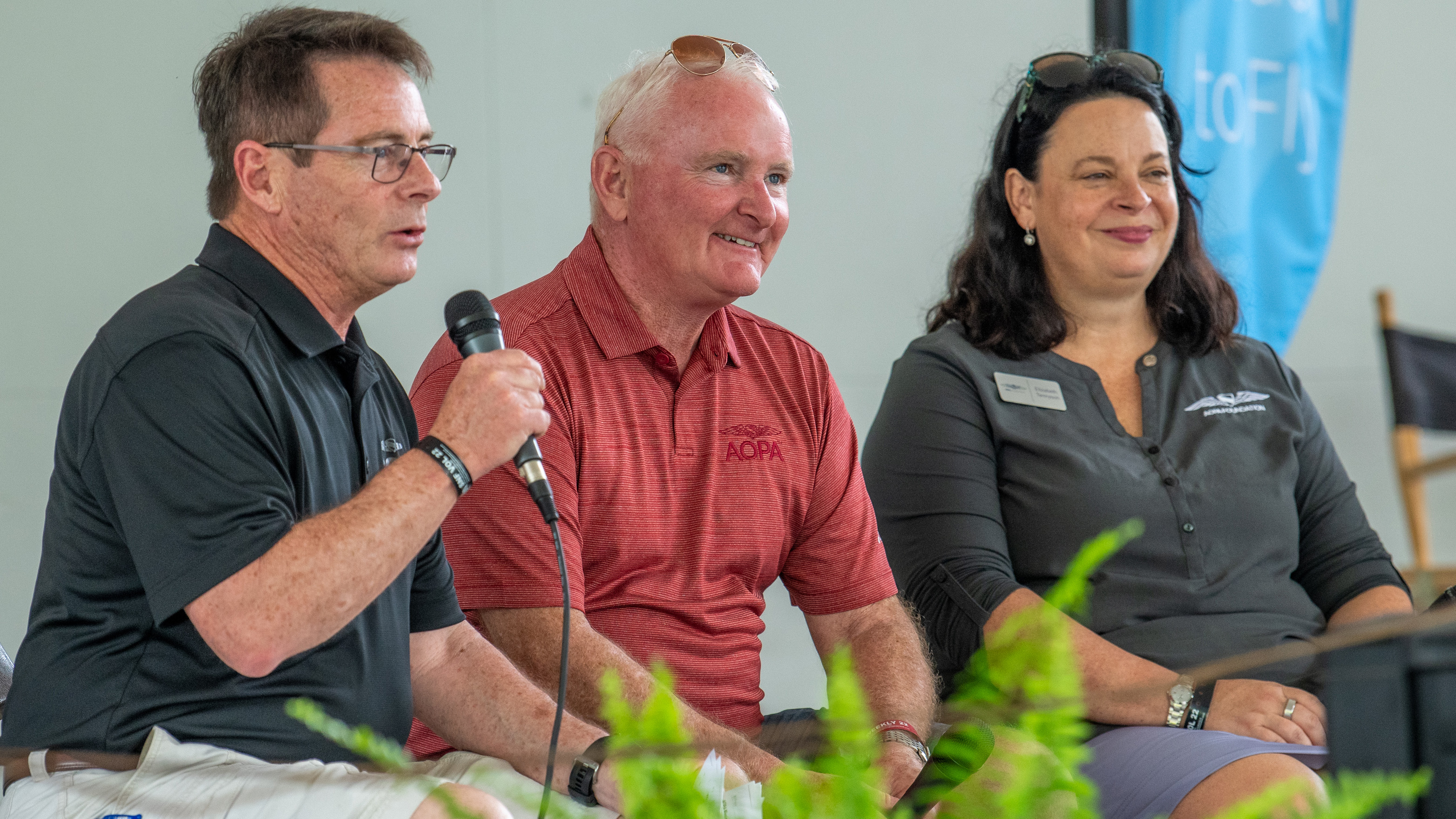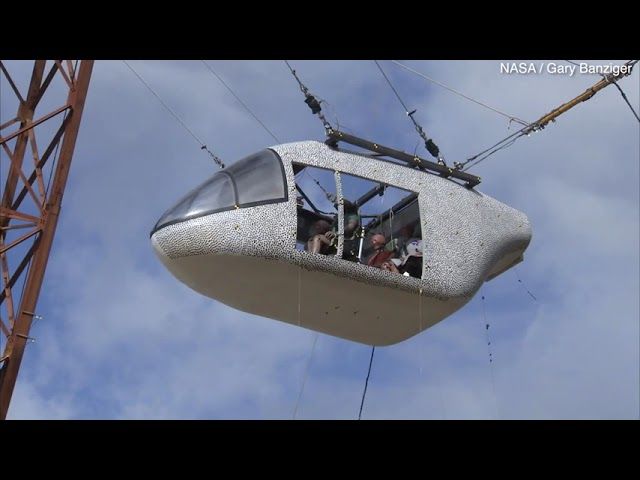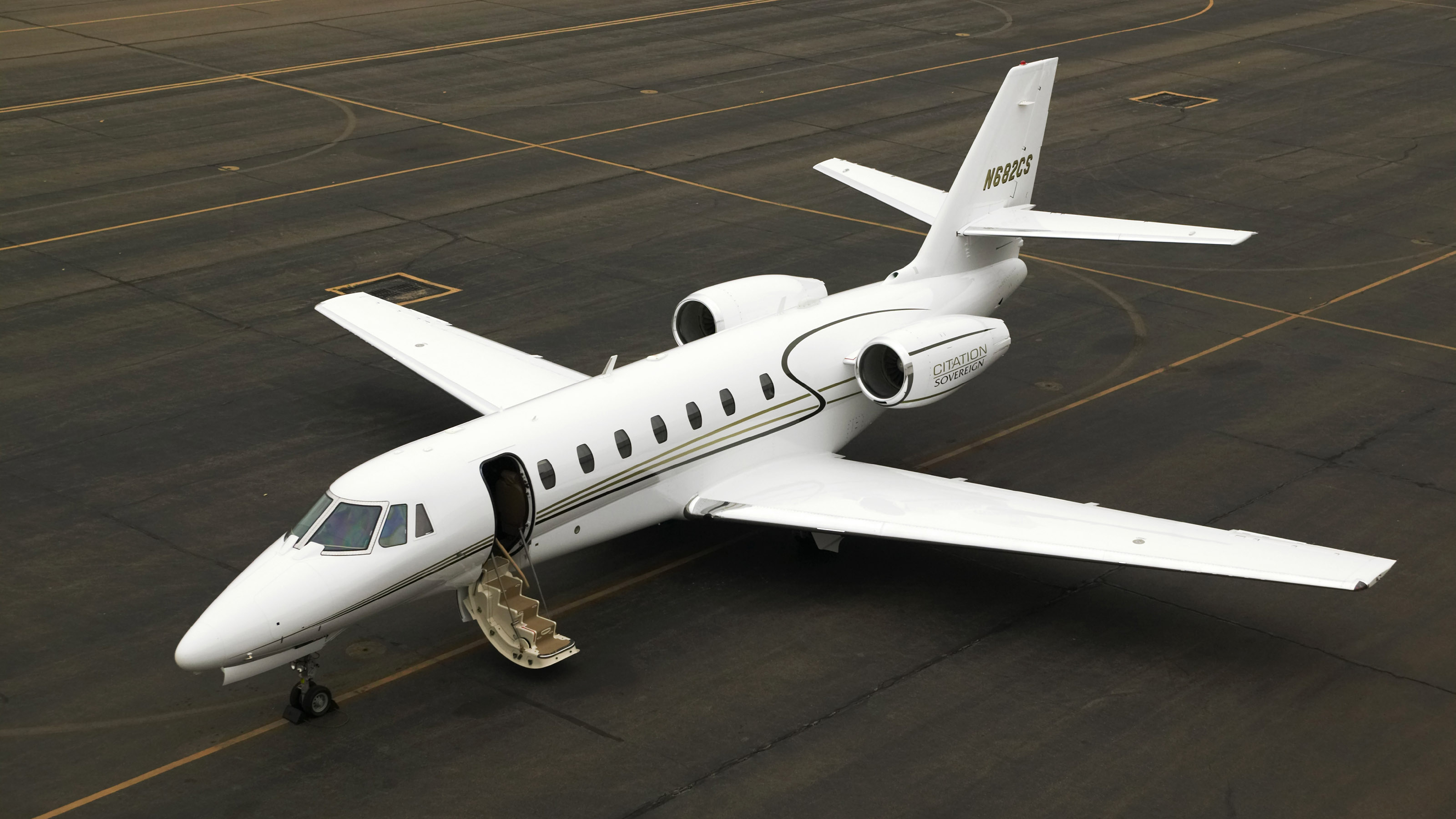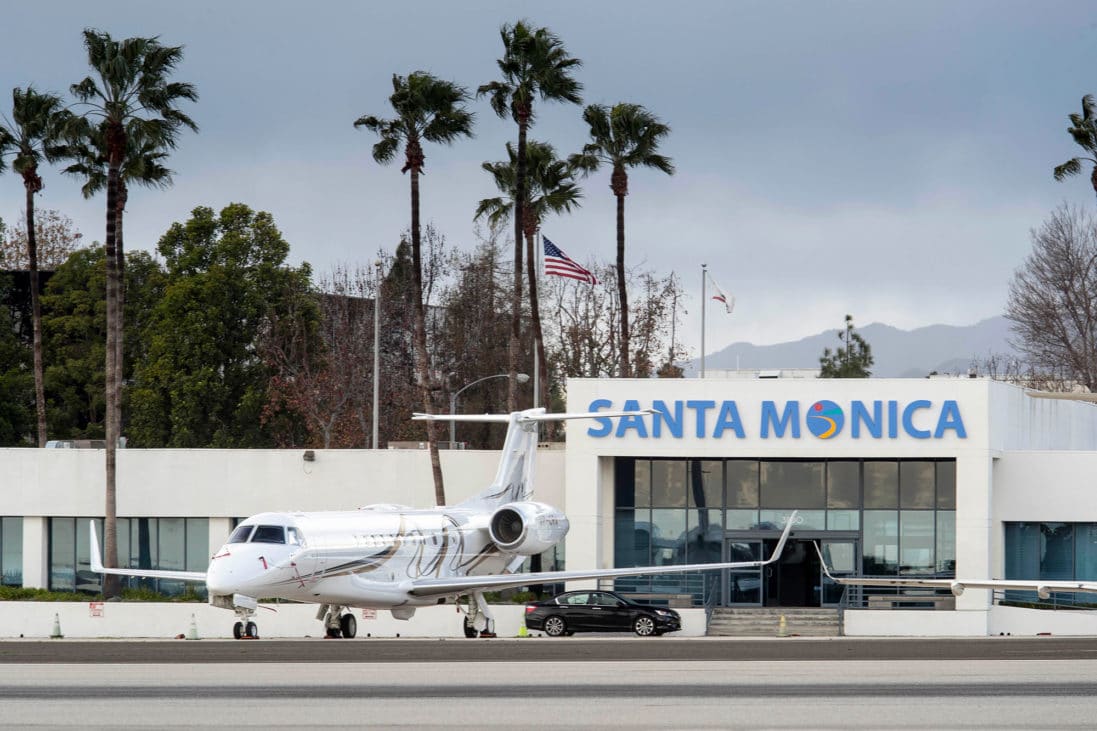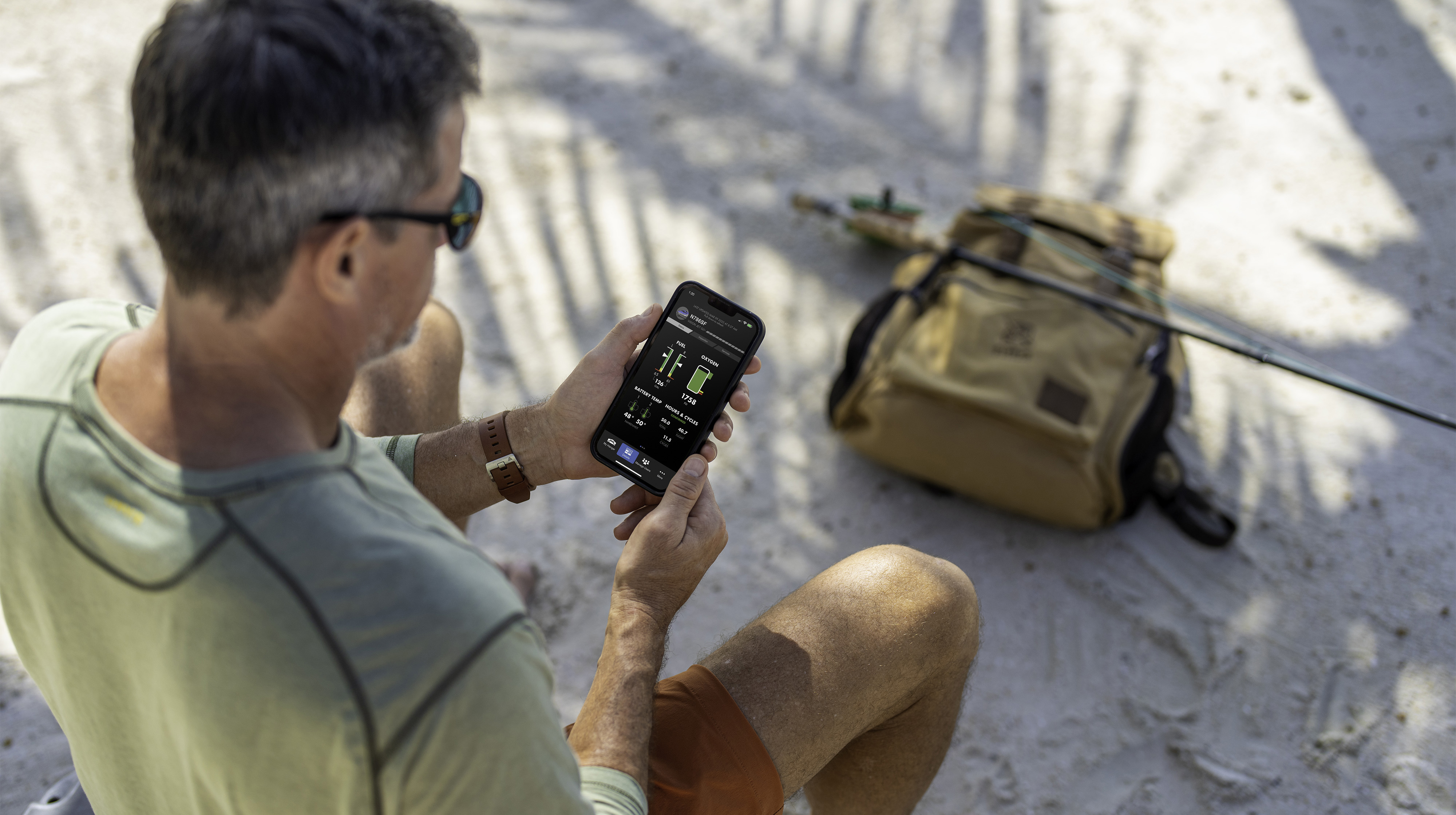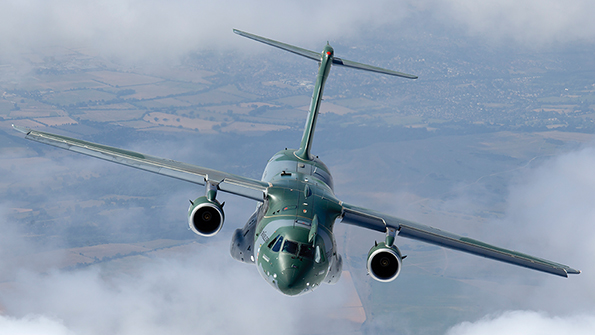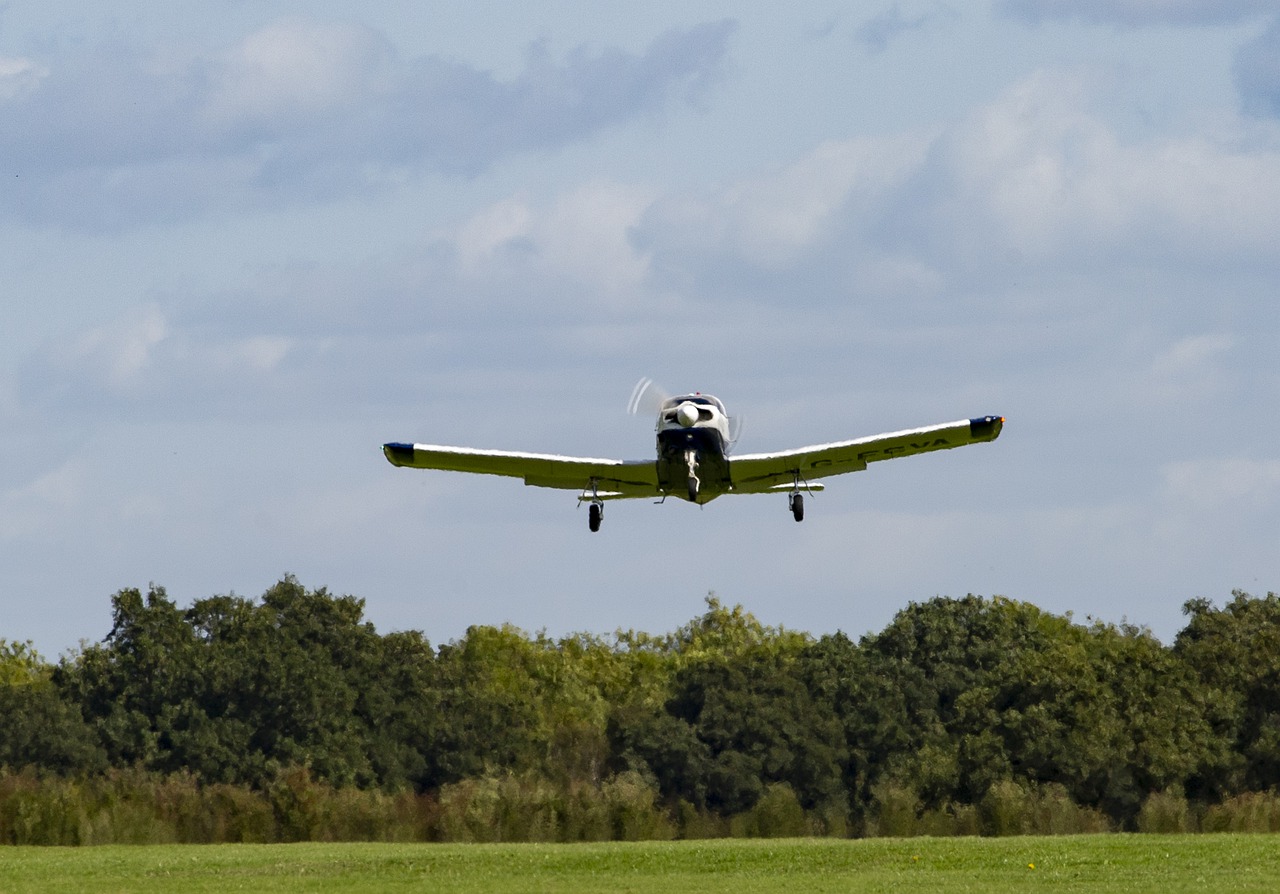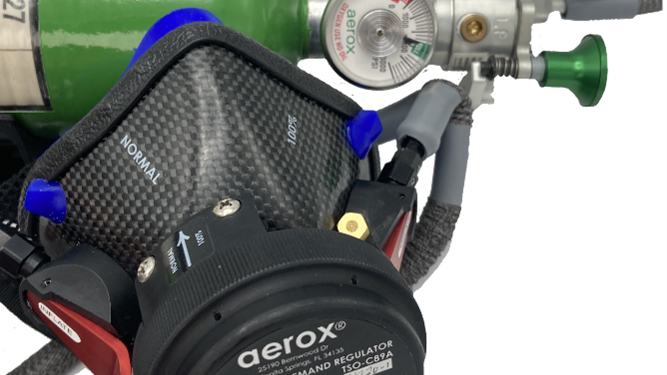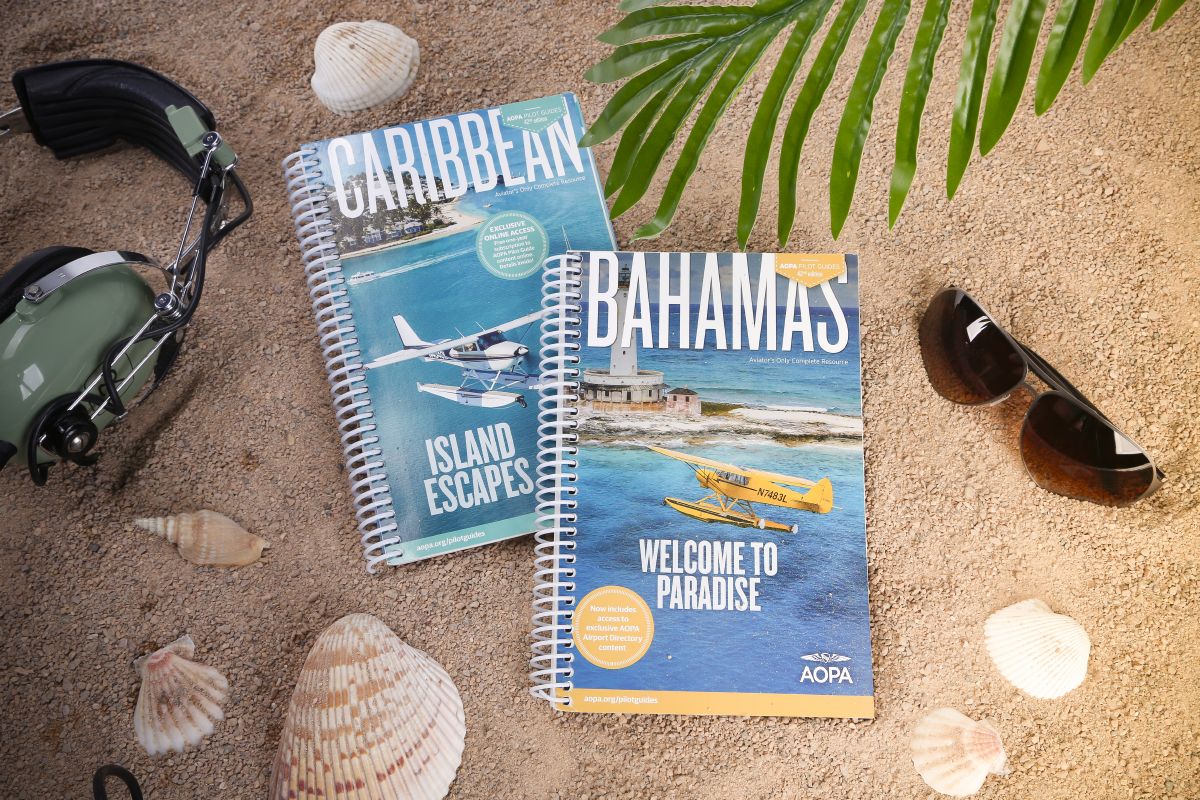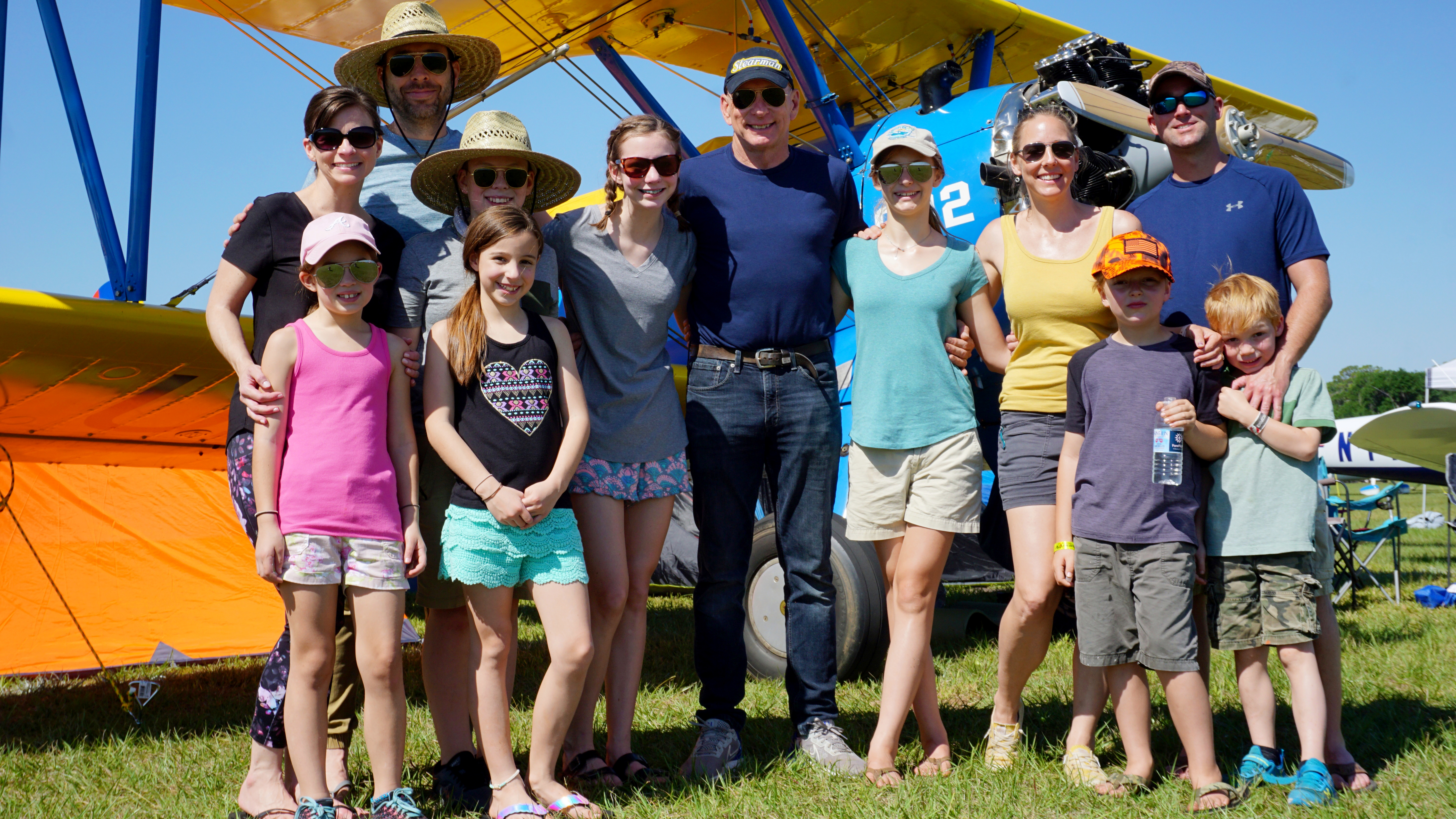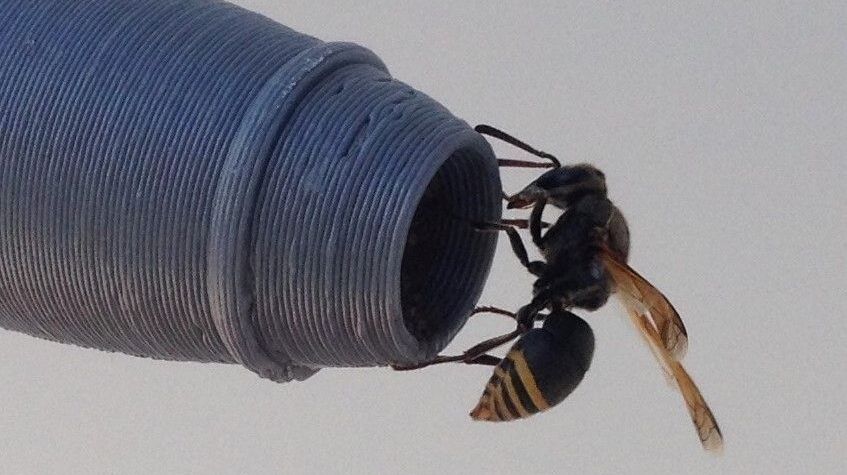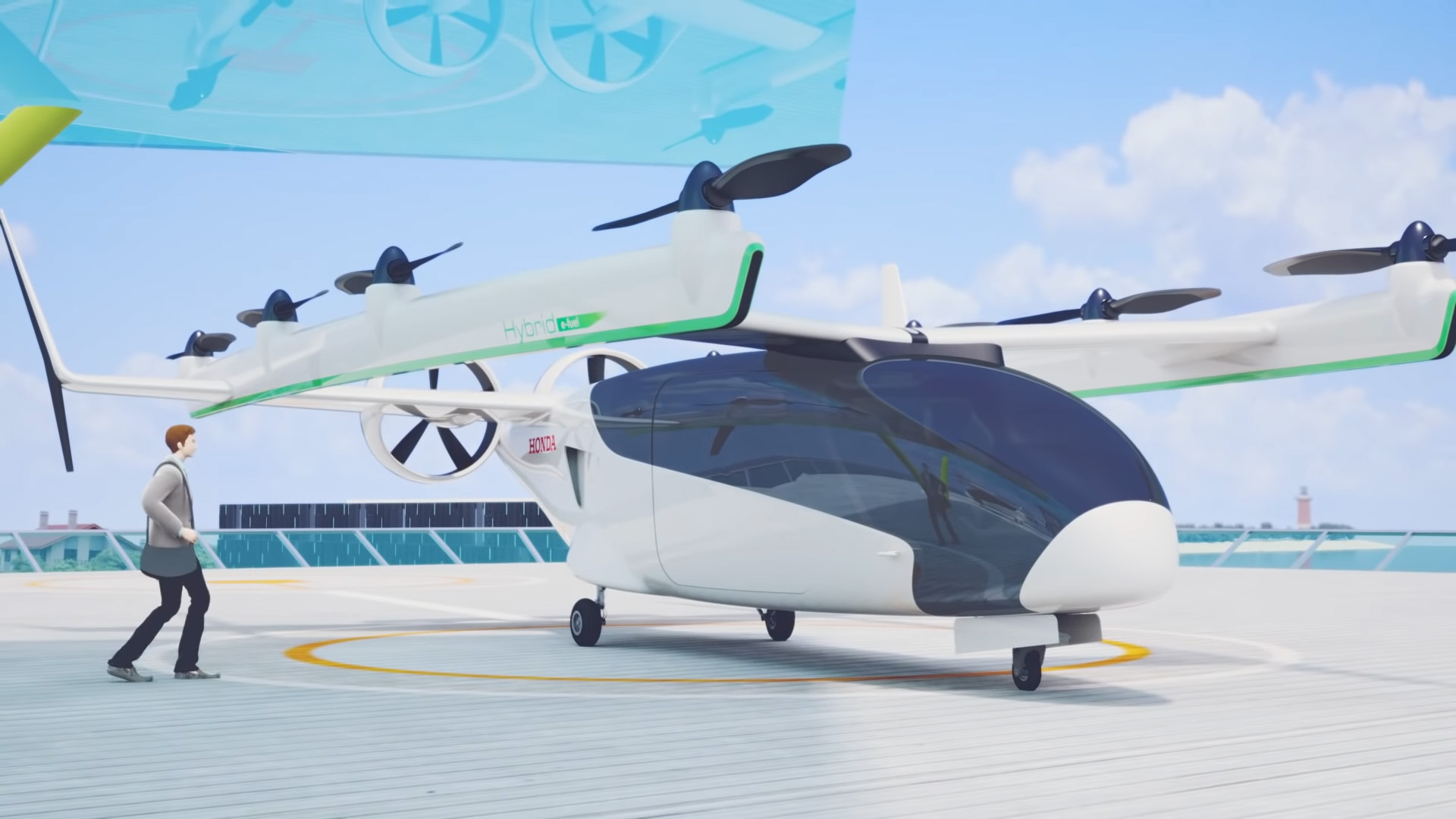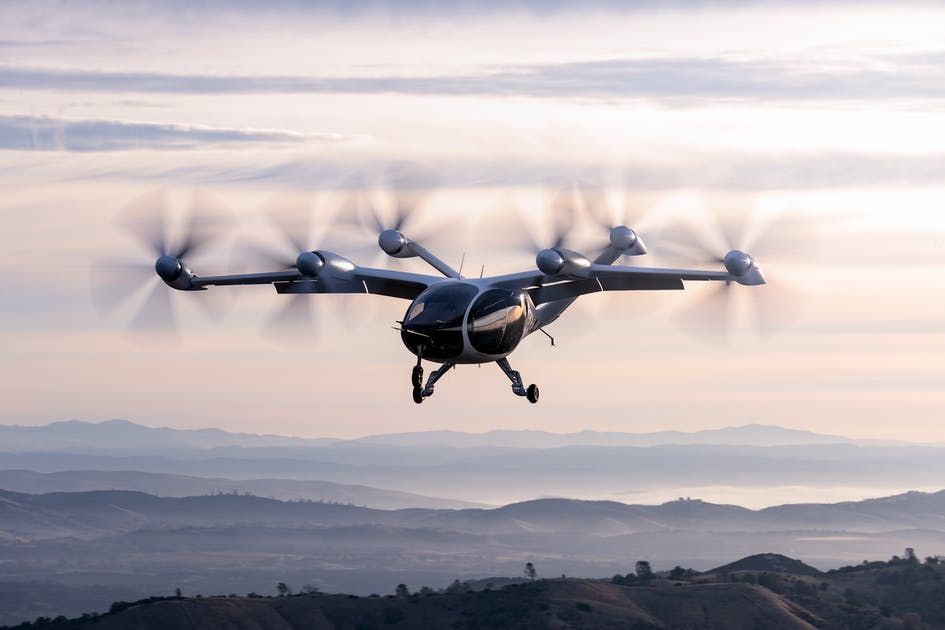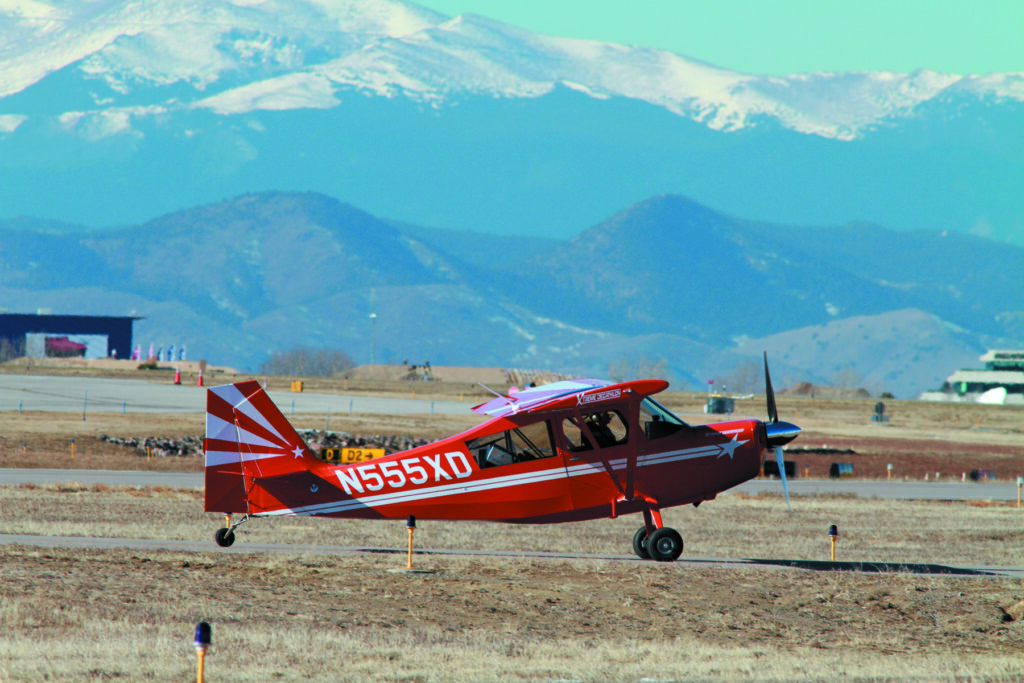Boeing 737 AEW&C (E-7 Wedgetail)
Boeing 737 AEW&C (E-7 Wedgetail) user+1@localho… Wed, 10/06/2021 - 21:17 Based on the Boeing 737-700, the Boeing E-7A Wedgetail is an airborne early warning (AEW) aircraft powered by twin CFM International CFM56-7 turbofan engines. Each engine...

Based on the Boeing 737-700, the Boeing E-7A Wedgetail is an airborne early warning (AEW) aircraft powered by twin CFM International CFM56-7 turbofan engines. Each engine supplies 27,300 lbf. (121.4 kN) of thrust to the aircraft, for a total of 54,600 lbf. (242.9 kN). The Wedgetail carries a Northrop Grumman Multi-role Electronically Scanning Array (MESA) L-band monopulse pulse-doppler radar system.
Program History
Origins
In the mid 1970s, the Australian Department of Defense developed a requirement for a new airborne early warning and control (AEW&C) capability. Air Staff Requirement No. 64 (ASR 64), promulgated in 1975, formally proposed the capability to complement the new ground-based Jindalee Operational Radar Network (JORN). ASR 64 became ASR 77 in 1980, in which the AEW&C requirement was decoupled from JORN. Proposals from industry were first evaluated in 1986, and work planning the acquisition continued into the 1990s. The AEW&C capability was considered necessary to improve the effectiveness of Australia’s air defense scheme, which requires the surveillance of airspace over 18,360 nmi (34,000 km) of coastline.
Unfortunately, the post-Cold War budgetary environment delayed the program. The 1991 Force Structure Review focuses on cost-saving measures and efficiencies, including shifting many Australian Defense Force (ADF) capabilities to the reserve component, shifting support functions to civilian contractors, and personnel reductions that would ultimately total 15% of the force and 16% of Defense civilians.
Modernization was not ignored. The Force Structure Review called for an extension of the Royal Australian Navy’s fleet of surface combatants from ten to sixteen ships over the next twenty years and for the replacement of its patrol boats. A Defense White Paper followed in 1994, which generally advocated a continued (if slow) modernization of the ADF while deemphasizing readiness. It also noted that Australia’s air defense system relied primarily on the use of tactical aircraft to “localize and classify unknown targets,” which was considered “inefficient.”
Competition
Mentioning ongoing work on evaluating AEW&C options, the white paper announced the authorization of a Major Capability Submission allowing the program to move forward with a Project Definition Study. Thereafter a capability would be acquired by 2000. This study was completed in December 1995, and in February 1996 the acquisition phases of what was by then known as the AIR 5077 program were approved. Following a Phase 2 risk-reduction and preliminary design effort an aircraft would be selected in 1997-1998. Phase 3, an early acquisition of four aircraft, would then begin. A final Phase 4 acquisition of an unspecified number follow-on aircraft was scheduled for 2000-2002.
Phase 2 began with a May 7, 1997, request for tenders. Boeing, Lockheed Martin and Raytheon (now Raytheon Technologies) all submitted bids for the competition, and all were awarded $8.48 million AUD ($8.98 million in 2020 USD, inflated after converting the base year figure using 1997 exchange rates) contracts for initial design activities. Raytheon's bid would marry an Elta ELM-2075 radar to an Airbus A310, and Lockheed's bid coupled an AN/APS-145 to its C-130J-30 Super Hercules.
A downselection did not occur in the 1997-1998 period as envisaged. Changing the procurement schedule, Defense combined the Phase 3 and 4 acquisition phases in 1997. Seven aircraft were to be acquired beginning in 2004-2005, and the overall cost of the program was estimated at $2 billion AUD ($2.12 billion in 2020 USD). Phase 2 was completed in July 1999, and Boeing was selected as the preferred tenderer for the program.
The next year, the government embarked upon another strategic review that ended with the release of the 2000 Defense White Paper. Noting the government’s expectation that by 2010 seven Asian countries besides the U.S. and Australia would have their own AEW&C capabilities, the white paper confirmed Australia’s intent to acquire four AEW&C aircraft (with a contractual option for three more). By this point the schedule had slipped further, with the white paper anticipating the first delivery in 2006. A $2.477 billion AUD ($2.07 billion USD in 2020) contract for the first four aircraft was awarded to Boeing on Dec. 20, 2000. The contract included integrated logistic support, personnel training and supporting infrastructure at RAAF Williamtown and RAAF Tindal, the two bases expected to host the new aircraft.
Acquisition
Under the new contract, Boeing would be required to deliver four Boeing 737-700 AEW&C aircraft by August 2007. In Australian service, the aircraft would be dubbed the E-7A Wedgetail after the wedge-tailed eagle, a bird of prey native to Australia and southern New Guinea. Boeing generally still refers to the aircraft as the 737 AEW&C.
The option for three more aircraft could be exercised any time up to June 20, 2003, 21 months after the effective date of the contract. Another two sets of the Mission System Equipment (MSE) present aboard the aircraft would also be delivered, along with two fixed and two deployable Mission Support Systems (MSS) and a Wedgetail Support Center (ASC) with mission simulator and flight training facilities.
The option ultimately was not exercised, but Australia and Boeing agreed to amend the contract in April 2004 to acquire an additional two aircraft. Boeing’s winning proposal married its 737-700 airliner with the Multirole Electronically Scanned Array (MESA) radar produced by Northrop Grumman. The MESA was still a developmental system at the time of the contract award, and it had never before been integrated aboard an operational platform. The first MESA antenna was completed in October 2002, and Northrop began structural testing of the antenna in February 2003. The company also provided the identification friend-or-foe (IFF), power system and software for the mission system.
In February 2007, Boeing announced a two-year delay in the Wedgetail program due to issues integrating the mission system with the 737. A further delay was announced in May 2008. Because of the systems integration problems being experienced, Boeing and Australia agreed in December 2008 to extend the operational testing and evaluation for the Wedgetail. Under the agreement a series of exercises and demonstrations would take place in early 2009 to evaluate the capabilities of the Wedgetail’s radar system. The radar would separately be evaluated by the Massachusetts Institute of Technology’s Lincoln Laboratory in Lexington, Massachusetts, to validate its performance against the specification.
The evaluation proved difficult because of the MESA’s high power, which precluded full testing of it on the ground. As a result, components of the mission system remained immature when they were tested in the air and made it difficult to establish a mutually agreed upon baseline performance specification between Boeing, Northrop Grumman and the Australian DoD. As operational evaluation proceeded, the operational flight trainer (OFT) was accepted in March 2009 at RAAF Williamstown. In November 2009, Australia and Boeing negotiated a modified contract addressing the delays, the delivery schedule and compensation for the shortfalls.
Entry to Service
The first two E-7As were delivered to the Royal Australian Air Force (RAAF) in April 2010. The third and fourth aircraft were delivered in June 2010 and December 2010, respectively. These four were delivered in an interim configuration. Though delivery of the final two aircraft in their fully mission-capable configurations was envisaged starting in December 2010, Boeing ultimately could not meet this requirement as stipulated by the November 2009 agreement. Once again, Boeing and Australia revised their agreements in April 2011 following five months of negotiations. Boeing thereafter failed to deliver the first final operating configuration aircraft in March 2012 as required under its most recent agreement. In December 2011, a remediation plan was agreed to that would see the first final-configuration aircraft delivered in July 2012.
The final E-7A was delivered on June 4, 2012. Boeing also agreed to further compensation for the delays and performance shortfalls experienced over the course of the program. On Nov. 19, 2012, Australia’s Minister for Defense Materiel announced that the E-7A Wedgetail had achieved its initial operating capability (IOC) milestone, over a decade after the contract was awarded to Boeing.
On Dec. 20, 2012, Boeing announced that the Commonwealth of Australia had formally accepted the final design of the Wedgetail mission system. The E-7A finally reached full operating capability (FOC) two and a half years after its IOC, in May 2015.
Features
Overall Design
The E-7A is built around a converted Boeing 737-700 Improved Gross Weight (IGW) aircraft. The IGW model differs from other 737-700s in its strengthened landing gear. In the Wedgetail configuration, it also features a set of ventral fins to counter the blanking effect of the radar on the vertical tail surface. Consoles, seating and electronics cabinets for the mission system take up approximately half of the cabin space. A maximum of 21 people can be carried aboard the E-7A, with ten mission consoles available for operators.
The early E-7A crew concept consisted of a pilot, copilot, mission commander, electronic support measures (ESM) officer, systems officer responsible for the radar and datalinks, a senior surveillance and control officer (SCO) and three junior SCOs. This nine-person crew has since expanded because of the RAAF experience during Operation Okra, where crews were regularly maintaining an AEW orbit for over fourteen hours. E-7A crews now have an additional co-pilot, a second senior SCO, a fourth SCO and a second ESM officer. With a thirteen-person crew, pilots and operators can be relieved to take breaks more frequently, and the AEW workload is spread around more.
The E-7A can be refueled in flight by means of a Universal Aerial Refueling Receptacle Slipway Installation (UARRSI) port dorsally mounted aft of the cockpit.
Engines
The E-7A carries two CFM International CFM56-7B27A turbofan engines weighing 2,396 kg each. Each engine can supply 27,300 lbf. (121.43 kN) of thrust at takeoff. Compared to previous-generation CFM56s, CFM56-7B-family engines have monocrystalline, high-pressure turbine blades and a full authority digital engine controller (FADEC).
Like all 737 NGs, the E-7A carries a Honeywell 131-9-family auxiliary power unit (APU) to start its engines. The 131-9 is started with electrical power and then supplies AC power and bleed air.
Avionics
The E-7A’s avionics suite is built around the Northrop Grumman Multi-role Electronically Scanned Array (MESA) L-band monopulse pulse-doppler radar system. This lower radio band compared to other AEW radars such as the S-band AN/APY-2 used aboard the E-3 Sentry gives the MESA superior all-weather performance and long-range detection of small targets. The radar also operates with interleaved pulse repetition frequencies to improve its clutter resolution capability
As an AESA radar, the MESA can instantaneously revisit targets and can vary its scan rate on demand. Sectors of emphasis can be designated by operators to direct more energy in a given direction while maintaining full, 360-deg. surveillance. According to Northrop Grumman, these sector selection modes can provide three to four times higher target search rates and eight to ten times higher track updates than mechanically scanning radars.
The MESA consists of side-looking active electronically scanned arrays (AESAs) and a “top hat” end-fire array to provide fore and aft coverage. Altogether it features 288 transmit-receive modules. The MESA can perform a full, 360-deg. azimuth scan electronically, dramatically reducing track update times compared to AEW aircraft with mechanically scanned arrays such as the E-3 Sentry. It can perform air and maritime surface searches (and can maintain air and maritime search simultaneously) and has an identification friend-or-foe (IFF) capability. According to Boeing, the array is effective at ranges in excess of 200 nmi (370 km) and the IFF system operates at up to 300 nmi (556 km). Up to 180 targets can be tracked simultaneously.
Another core feature of the Wedgetail’s mission system is its multi-sensor integration (MSI). The E-7A MSI capability integrates MESA radar data with data obtained from the upgraded BAE Systems AN/ALR-2001 electronic support measures (ESM) suite carried by the Wedgetail. The ALR-2001 was designed for Australian AP-3C Orion maritime patrol aircraft, and is comprised of four microwave band antennas mounted under the nose, tail and wingtip radomes; a suite of ventral antennas for lower bands and signal processing equipment. ESM data enabling passive detection, classification and location of targets can be accessed from any of the ten mission consoles, though only the ESM station also has an A-scope display.
Structurally, the MESA is held up by a foam composite to reduce weight. It is designed to operate at 40,000 ft. (12,200 m) but can begin operating at 5,000 ft. (1,500 m) and operate at full power at 10,000 ft. (3,000 m). To support the system, the E-7A has double the 180 kVA electrical generation capability of the 737-700 IGW. Dual inlets at the leading edge of the MESA take in air for cooling.
To provide situational awareness data to other aircraft the E-7A is equipped with the Link 11 and Link 16 datalinks. Radio communications includes the Rockwell Collins (now Collins Aerospace) AN/ARC-220 HF voice/data radio, the Collins AN/ARC-210 UHF/VHF radio with HAVE QUICK II capability and four AN/URC-138 UHF terminals supporting Link 16. The radios are managed by an AvTech Teyee 5346-series audio control panel. The aircraft uses the Esterline Palomar CCS-2100 intercom system.
Self-protection sensors also are fitted to the E-7A. These are the AN/AAR-54 missile approach warning system (MAWS), which includes four apertures, and the LWS-20 laser warning system. Space also is reserved under the tail ESM antenna fairing to fit an AN/AAQ-24 directed infrared countermeasures (DIRCM) system. The Wedgetail also has an AN/ALE-47 countermeasures dispenser system, with dispensers mounted between the ventral strakes, just aft of the wings and just aft of the cockpit.
Variants
E-7A
The E-7A is the base version of the Wedgetail as configured for Australian service.
Wedgetail AEW1
The British variant of the Wedgetail, dubbed the Wedgetail AEW1 by the Royal Air Force (RAF), will feature a European defensive aids system (DAS) supplied by Leonardo and Thales. The system will be comprised of the Leonardo Modular Advanced Platform Protection System (MAPPS) controller, the Thales Elix-IR threat-warning system and the Vicon XF countermeasures dispensing system.
Upgrades
AIR 5077 Phase 5A
In July 2017, the Australian DoD announced a significant series of upgrades to the E-7A mission system. These include a new line-of-sight datalink, new cryptographic radios, new 27-in. (69-cm), large-format displays and Mode 5 IFF. The IFF capability also includes Mode S, Automatic Dependent Surveillance-Broadcast (ADS-B) out and the Traffic Alert and Collision Avoidance System (TCAS II) Version 7.1.
The upgrade was designated AIR 5077 Phase 5A and was valued at $443.2 million USD ($468.4 million), though the contract was designed to be executed in five stages, with only $60 million USD ($66.1 million USD in 2020) initially obligated for the first stage, Phase 0.
All six aircraft received the first phase of upgrades to the IFF system by February 2018. The upgrades also included a new mission computing system to address obsolescence and provide the data throughput necessitated by the new systems. Wideband IP text communications (multi-user internet relay chat), the new datalink, a dual-display system and a wide-band satellite communications system are expected by mid-2022.
Link 22
In parallel with AIR 5077 Phase 5A, the ADF intends to integrate the Link 22 beyond line-of-sight (BLOS) high-frequency (HF) datalink in the early 2020s, possibly as part of a “Phase 6” upgrade effort. AIR 5077 Phase 6 is currently undergoing definition but is expected to sustain the Wedgetail capability into the 2030s.
It is effective up to 300 nmi (556 km) and is designed to replace the earlier Link 11 datalink. Compared to its predecessor, it features higher reliability, greater capacity, superior encryption, frequency hopping capability, more responsive network access, greater bandwidth and a higher transmission rate of up to 1.58 kb/s compared to 0.225 kb/s for Link 11.
Production and Delivery History
Fourteen E-7s have been converted from 737-700s over the life of the Wedgetail program. Under current plans, another five will be converted for the British Royal Air Force (RAF), bringing the program total to 19 aircraft. The 737-700 was produced at the Boeing facility in Renton, Washington. Though the final commercial 737-700 was delivered in January 2020, three new-build aircraft destined for AEW&C conversions still are expected for the impending RAF E-7A acquisition. The MESA arrays are built at the Northrop Grumman Mission Systems facility in Baltimore, Maryland.
Australia
Since September 2014, the RAAF’s E-7As have deployed repeatedly to Iraq as part of Operation Okra, Australia’s commitment to the U.S.-led Global Coalition to Defeat ISIS. All six RAAF E-7As have deployed to Iraq, and as of October 2020 had collectively flown over 6,900 hr. in-theater. Their serials are A30-001 through A30-006.
According to the 2020 Force Structure Plan, the RAAF envisions a replacement for the E-7A beginning development around 2029. This replacement is expected to require between $14 billion and $21.1 billion AUD ($10.8 billion to $16.3 billion in 2020 USD).
Note also that Boeing Australia’s developmental unmanned Airpower Teaming System (ATS) has been depicted in promotional images operating alongside the E-7A. In 2009, the Wedgetail demonstrated the capability to control three Boeing Insitu ScanEagle unmanned aircraft systems (UAS) in flight via a ground relay. With a more direct datalink, it is plausible that future E-7s could direct the ATS in air combat.
South Korea
Following a competition against a missionized Gulfstream G550 offered by Israel Aerospace Industries, South Korea awarded a $1.71 billion USD ($2.21 billion USD in 2020) contract in November 2006 to deliver four E-7As. The first “Peace Eye” aircraft was delivered in August 2011 to South Korea’s Defense Acquisition Program Administration (DAPA). The remaining three were modified in-country by Korea Aerospace Industries (KAI) with Korean mission equipment and were all delivered in 2012. Since mid-2020, South Korea has been considering acquiring a further two E-7s. The Saab GlobalEye is also in contention.
On July 28, 2021, KAI signed a contract with Boeing to upgrade the four South Korean E-7As with new avionics under the "E-737 AEW&C Performance Improvement Project." This project encompasses improvements to the IFF system and to the aircraft's Link 16 datalink. The $15.6 million USD project is scheduled to be completed by June 2025.
Turkey
Turkey opted to acquire the E-7 in May 2003 under a $1.5 billion USD ($2.13 billion USD) contract for four aircraft. Because its aircraft were ordered so early, Turkey fell victim to the schedule slippage affecting Australian E-7 deliveries. The first aircraft was not delivered until Feb. 21, 2014, nearly five years behind schedule. As with other E-7 sales, three of the four aircraft were modified in Turkey. The last E-7T “Peace Eagle” was delivered in December 2015. Turkish E-7s carry the Aselsan ASES self-protection system, 10 Aselsan software-defined UHF/VHF radios, three Selex Galileo (now Leonardo Electronics US) SRT-470 HF radios and a Havelsan mission computer.
United Kingdom
Britain revealed its interest in acquiring the Wedgetail platform as an E-3D Sentry replacement in September 2018. Then Defense Secretary Gavin Williamson expressed the government’s preference for a sole-source selection of the E-7 instead of holding a competition. Saab and Airbus had sought to market a new AEW&C aircraft marrying the Saab Erieye radar to the Airbus A330, which presented a significant technical risk compared to the fully mature E-7A.
On March 22, 2019, the British MoD awarded a contract to Boeing to procure five E-7s for $1.98 billion USD ($2.01 billion USD in 2020). They are to enter service in 2023, with the E-3Ds retiring in December 2022. These Wedgetail AEW1s will be equipped with Leonardo-Thales countermeasures, as described in the Wedgetail AEW1 variant entry. They also will be missionized by Marshall Aerospace in the UK. In late 2020 it was reported that the MoD was considering reducing its E-7 buy from five to three aircraft to cut costs.
Possible Sale to the U.S.
In February 2021, U.S. Pacific Air Forces chief Gen. Kenneth Wilsbach announced he had recommended the Air Force procure a limited number of E-7s to meet near term AEW&C requirements. Gen. Jeffrey Harrigian, commander of U.S. Air Forces in Europe and Air Forces Africa, similarly has voiced support for a near-term Wedgetail acquisition. As of the time of this writing, the Air Force intends to keep its 33 E-3 Sentries in service until 2035 when the Airborne Battle Management System (ABMS) becomes available. U.S. Air Force (USAF) Chief of Staff Gen. Brown confirmed E-7s do not appear in the service’s Fiscal Year 2022 budget request. Similarly, Wedgetails are absent in U.S. Indo-Pacific Command Commander Adm. Philip Davidson’s Pacific Deterrence Initiative funding request for FY23-27. All prior sales of E-7s have been conducted through Direct Commercial Sales rather than Foreign Military Sales – meaning different intellectual property, financial and, other regulations would apply to a prospective USAF acquisition.
Nevertheless, multiple Air Force officials have reiterated the service's interest in the platform since. At the Air Force Association's September 2021 Air, Space and Cyber conference, Air Force Secretary Frank Kendall and Air Combat Command Commander Gen. Mark Kelly both mentioned the E-7. Kelly also spoke to the obsolescence of the E-3, pointing to the 707's increasingly poor maintainability. Air Force Chief of Staff Charles Q. Brown confirmed that analysis was underway within the Air Force to determine the viability of an E-7 acquisition. In the long term, the service intends to move the air-moving target indication (AMTI) capability to space-based platforms as part of its space-based GMTI program. In the interim, a higher capability AEW&C platform would be useful until the space-based GMTI/AMTI capability matures and would reduce risk should the AMTI component prove more problematic than anticipated.
The USAF also is exploring an unmanned solution for air domain awareness under the MQ-Next program. A March 5, 2021, solicitation requested proposals for a UAS capable of filling the airborne early warning role. The solicitation also emphasized the USAF’s desire for moving target indication capability with air, ground and sea modes.




 admin
admin 











